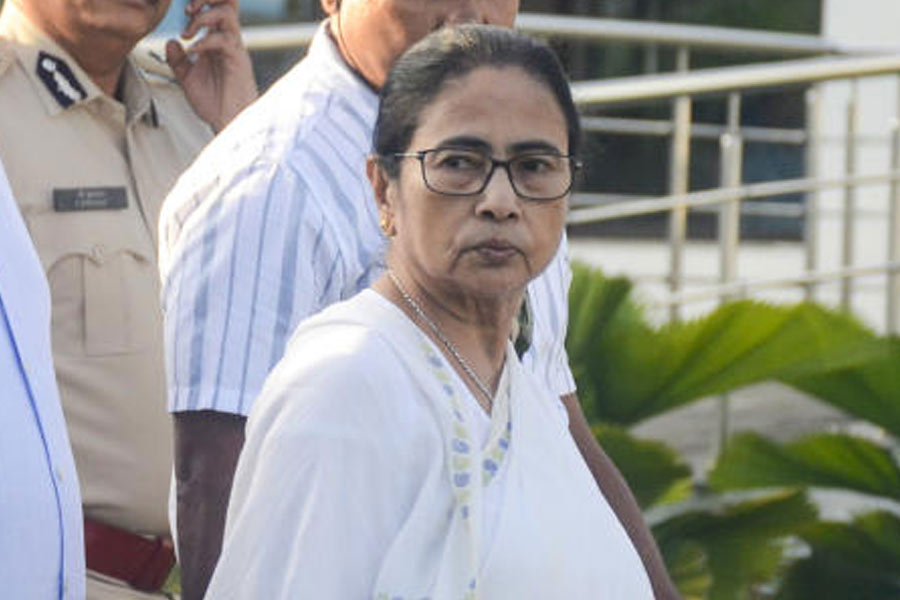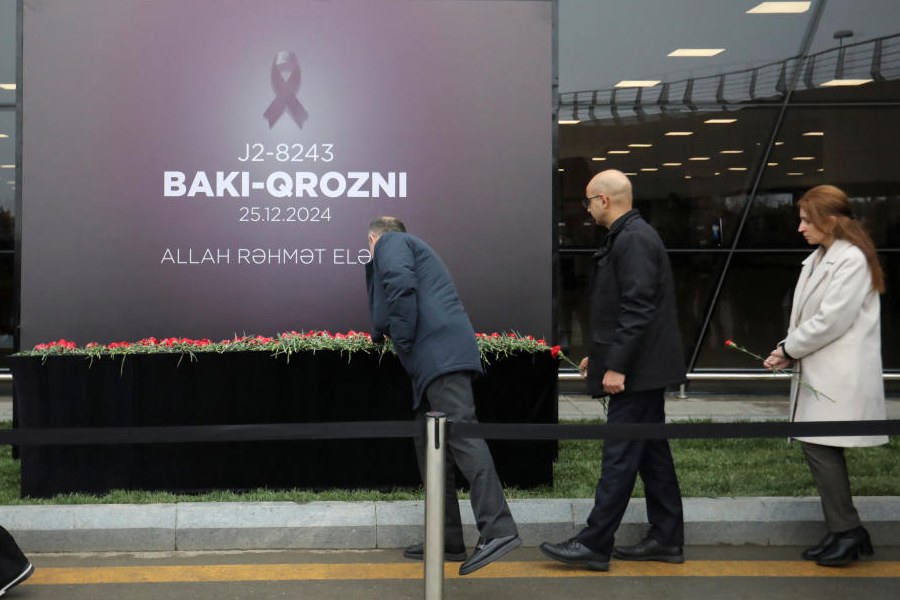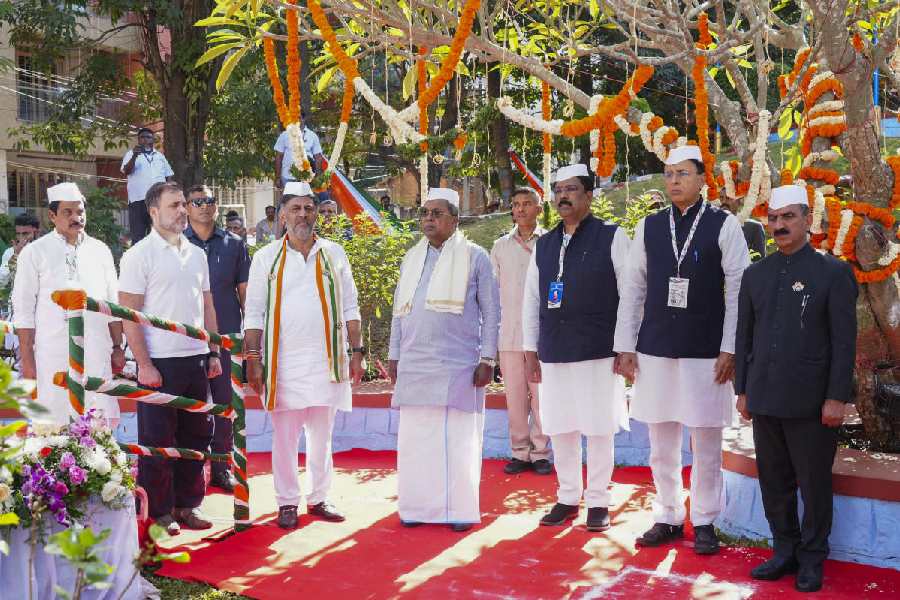Words, when appropriate, can reveal and illuminate. But if not, they distort and turn obscure what they intend to describe. Political analysis often renders itself inadequate for want of appropriate terminology. The analysis of the Narendra Modi regime has veered from one outcry to another against its problematic relationship with the Constitution and democratic institutions. Yet, there is still no focused narrative on what exactly it stands for, its seductive attributes, and what it is engaged in destroying. Quite often, the Rashtriya Swayamsevak Sangh, its many front organisations, the ‘bhakts’ and vigilante groups are described by using the term, ‘right-wing’.
The term was good when it came to discussing 20th century’s political discourse. The ‘Left-Right’ terminology of the Cold-War era had already started becoming somewhat opaque with the post-war rise of the concept of the welfare State. It nearly ceased to mean much when the world moved into a liberal economic world order. The terms, ‘autocratic regime’ and ‘dictatorship’, were good enough when the State was the only power centre. But when global corporations stepped in as alternative centres of power, these terms lost their punch. One of the reasons for the decline of democratic and liberal forces in Europe and the rise of what is still described as the ‘ultra-right’ is the loss of focus in political discourse constructed around the new social and economic realities of an amalgamated Europe. The ‘new’ in that changed situation is not the end of nationalism but a new flavour of nationalism — neither purely ethnic, nor purely ideological, but based on imagined cultural-historical identities of the peoples brought together within the idea of Europe.
As far as India is concerned, the task of describing the prevailing discourse is relatively less challenging due to the composition of the power structure that has emerged. In it, the non-State component, the RSS, is founded on the doctrine of an unchanging idea of ‘Bharat’ with the outfit as the sole custodian of that idea. Since the Bharatiya Janata Party owes its electoral success primarily to the RSS’s organised foot soldiers, a pragmatic Modi regime has remained loyal to the letter and the spirit of the Hindutva doctrine. The first articulation of it is to be found in a work by V.D. Savarkar composed in 1921-22 under the title, The Essentials of Hindutva, later published under the pseudonym, ‘A Mahratta’. It has seven essential clauses. Subsequently, the doctrine was propagated by Savarkar in his addresses to the Hindu Mahasabha. During the Second World War, Savarkar defended Hitler; a contact-person between the Germans and him gifted Savarkar a copy of Hitler’s Mein Kampf written in 1924-25. Just as almost all that Hitler did during his reign was along the lines of the charter drawn up in Mein Kampf, the Modi regime is following Savarkar’s blueprint, with the exception of the 7th clause that had visualised the Hindu Mahabsabha as the political party implementing the programme. Therefore, in describing the contemporary political discourse in India, it is useful to take Savarkar’s blueprint of Hindu rashtra into account.
He writes, “Hinduism, Hindutva and Hindudom: In expounding the ideology of the Hindu movement, it is absolutely necessary to have a correct grasp of the meaning attached to these three terms. From the word ‘Hindu’ is coined the word ‘Hinduism’ in English. It means the school or system of religion the Hindus follow. The second word, ‘Hindutva’, is far more comprehensive and refers not only to the religious aspect of the Hindu people as the word ‘Hinduism’ does but comprehends even their cultural, linguistic, social and political aspects as well. It is more or less akin to ‘Hindu polity’, and its nearly exact translation would be ‘Hinduness’. The third word, ‘Hindudom’, means the Hindu people spoken of collectively. It is a collective name for the Hindu world, just as Islam denotes the Moslem world or Christendom denotes the Christian world.” He also defines who is ‘Hindu’: “Every person is a Hindu who regards and owns this Bharat Bhumi, this land from the Indus to the seas, as his father land as well as his holy land — i.e., the land of the origin of his religion, the cradle of his faith. The followers therefore of Vedicism, Sanatanism, Jainism, Buddhism, Lingaitism, Sikhism, the Arya Samaj, the Brahmo Samaj, the Devasamaj, the Prarthana Samaj and such other religions of Indian origin are Hindus and constitute Hindudom, i.e., the Hindu people as a whole. Consequently the so-called aboriginal or hill tribes are also Hindus: because India is their fatherland as well as their holy land of whatever form of religion or worship they follow. This definition, therefore, should be recognised by the government and made the test of Hindutva in enumerating the population of Hindus in the government census to come.”
Thus, the ‘rashtra’ is not so much just the ‘people’ but those who pass the twin criterion of belonging to the ‘pitru-bhumi’ as well as the ‘punya-bhumi’, bringing together their territory and religious tradition. The notion of the Hindu rashtra is, therefore, made non-negotiable and conditioned by the originary and supposedly never-aging religious identity. The Sanskrit term for the ‘ancient and yet non-aging’ is ‘sanatana’. The idea of sanatana has no relevance to the ideas of poverty or wealth — the central concern of the economic Left or economic Right. Sanatana makes no reference either to political non-violence or to violence. It is an ideological spin of its own kind.
But sanatana does clash with nutana. Such an ideological conflict had arisen at the beginning of the 19th century in India and the national discourse had then revolved around the sanatana versus the nutana debate. Modernising tradition or, alternatively, traditionalising the modern was the compromise that Indian thought leaders adopted to go past the clash during the 19th and the 20th centuries. When Savarkar formulated the Hindutva doctrine, it was possible to counter the ideology by positioning modernity as a national value. However, the modern and modernity have run their course. Something that is beyond them needs to be conceptualised. From that perspective, the US-China economic contrast foregrounded by Rahul Gandhi in his recent Cambridge lecture and the emphasis on democratic production as a new conversation between capital and labour are insightful starting points. Raghuram Rajan’s invoking the phrase, ‘Hindu rate of growth’, coincides with Rahul Gandhi’s formulation. They open a possibility of new analytical perspectives necessary for taking the discourse beyond Hindutva’s sanatana and modernity’s nutana to some useful contemporary chintana.
G.N. Devy is a cultural activist











